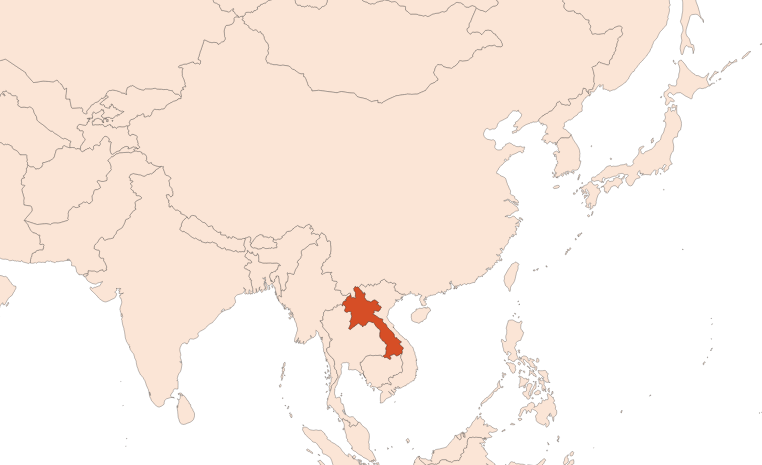
| Company | Ingredient Name | ID | Comments | Naturality | Certifications | Purity | Latin name | Treated part | Geographical origin | MOQ |
|---|---|---|---|---|---|---|---|---|---|---|
|
|
Resinoide de Benjoin Siam - 30 gr | - |
Visit website
|
- | - | - | - | - | - | |
|
|
BENZOIN SIAM Alc. Resinoid | M_0053277 |
Visit website
|
Naturel | - | - | - | - | - | |
|
|
BENJOIN SIAM | N0391 |
Visit website
|
Résinoide |


|
- | Styrax tonkinensis Craib ex Hartwich | Exsudat | Laos | - |
|
|
BENJOIN 55%/ETH | B111 |
Visit website
|
Résinoide |

|
- | Styrax tonkinensis Craib ex Hartwich | Exsudat | Laos | - |
|
|
BENJOIN SIAM | F0391 |
Visit website
|
Résinoide |

|
- | Styrax tonkinensis Craib ex Hartwich | Exsudat | Cambodge, Laos, Thaîlande, Vietnam | - |
|
|
BENJOIN SIAM 50%/DPG | F0383 |
Visit website
|
Résinoide | - | Styrax tonkinensis Craib ex Hartwich | Exsudat | Cambodge, Laos, Thaîlande, Vietnam | - | |
|
|
BENJOIN SIAM 55%/ETH | N0395 |
Visit website
|
Résinoide |


|
- | Styrax tonkinensis Craib ex Hartwich | Exsudat | Laos | - |
General Presentation
-
CAS N° : 9000-72-0
-
EINECS number : 232-556-7
-
FEMA number : 2133
-
Appearance : Viscous amber liquid
-
Density : 1,108 - 1,130
-
Volatility : Base
-
Price Range : €€€
Physico-chemical properties
-
Optical rotation : Donnée indisponible
-
Vapor pressure : Donnée indisponible
-
Refractive Index @20°C : Donnée indisponible
-
Acid Value :
-
Flash Point :
Uses
Uses in perfumery :
Used in oriental, vanilla, caramel, chocolate, exotic-ylang and tuberose notes for a warm and enveloping effect.
Major Components :
- Coniferyl Benzoate (70-75%)
- Benzoic Acid and other acids (≈20%)
- Vanillin (≈1%)
- Plotter(s) :
- Ethoxy Coniferol (or Coniferyl Ethyl Ether) (≈2%)

Photo credits: ScenTree SAS
Botanical name :
Styrax tonkinensis (Pierre) Craib ex Hartwich
Synonyms : Anthostyrax tonkinensis Pierre // Styrax hypoglaucus Perkins
Botanical profile :
Benzoin is a resin gum from trees of the Styracaceae family and the genus Styrax.
Chemotypes :
The Styrax family includes about 130 species found mainly in Southeast Asia or South America.
Two varieties of Benzoin are used in perfumery :
Styrax tonkinensis so called Siam Benzoin Resinoid
Styrax benzoin so called Sumatra Benzoin Resinoid
Sumatra benzoin is more used than the Siam Benzoin because it is spicier and has a softer vanilla scent.
Extraction process :
The benzoin producing trees are about 25 meters high and grow at more than 1500 meters altitude. Farmers start exploiting the trees when they reach the age of 8 for Siam and 25 for Sumatra, lasting about 10 years.
The gum-resin is obtained by a voluntary incision on the barks of the tree. This incision causes the exsudation of a milky resin which solidifies by oxidation when in contact with air. Harvesting is done by scratching the teardrops for a yield of 4 to 6 kg per tree per year.
Finally, the gums are extracted with organic solvent (ethanol) to obtain the resinoid by filtration after glazing (temperature gradient from 140 °F to 32 °F) the liquid.
It is very unusual to obtain an essential oil of benzoin by hydrodistillation.
The benzoin resinoid can be distilled to be bleached, without a great olfactory deterioration.
Other comments :
In some countries, Benzoin is listed as an E906 food additive, but it is not allowed in France.
Stability :
Solubility issues in perfumes
The esters identified in this raw material can form their corresponding acid in stability tests
Not to be used in a candle base, it unlights the fire.
Regulations & IFRA
Allergens :
Cinnamyl Alcohol - Cinnamates
IFRA 51th :
This ingredient is not restricted for the 51th amendment


